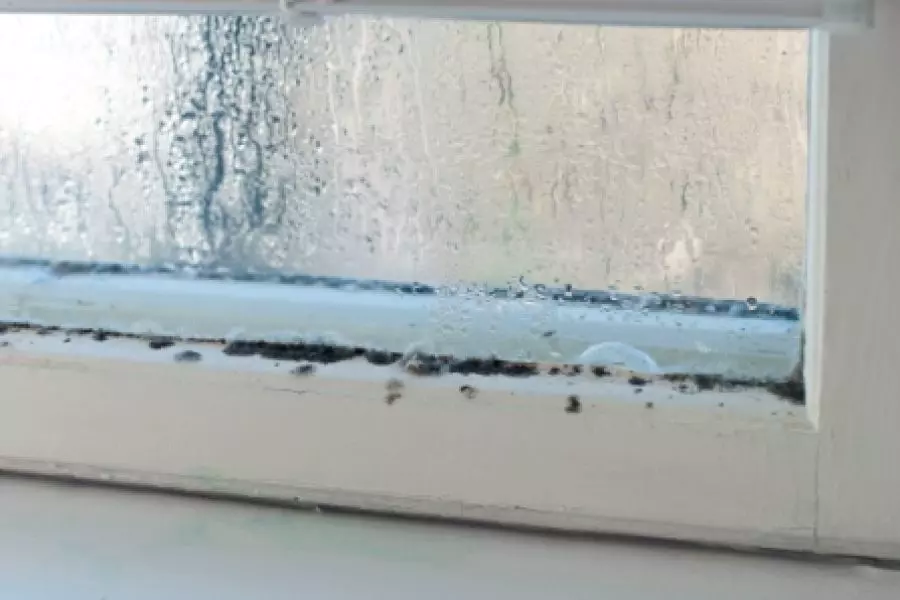
News
Tribunal: Black mould leads to substantial compensation order

Wednesday 25th of August 2021
Kāinga Ora has been slapped with a hefty $8,957.50 compensation bill after leaving a tenant in a Henderson, Auckland house with black mould for two years and only fixing the rot when she moved out.
The house was so unhealthy, the tenant and her young son left the property a month before the tenancy ended and lived in her car because of the effect the premises had on their health.
<...
Want to read the full article?
Click the button below to subscribe and will have unlimited access to full article and all other articles on the site.





![[The Wrap] Bye Bye Bayly](https://goodreturns.publit.io/file/c_fill,w_900,h_600/39f23ac1-f7c7-4854-b700-a150004ebbac.webp)


